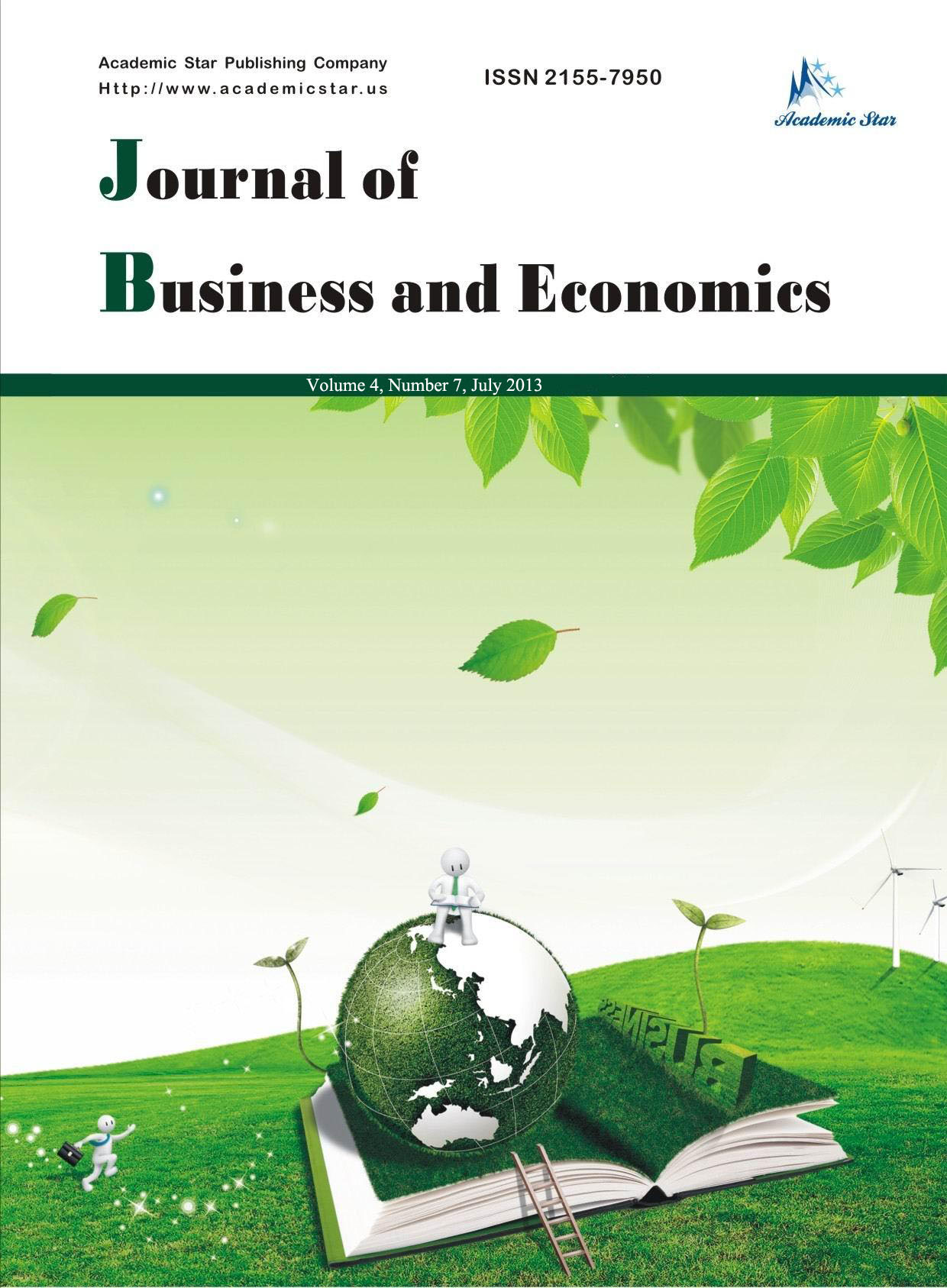Economics

- ISSN: 2155-7950
- Journal of Business and Economics
The Changing Dynamics of Innovation in the Auto Supply Chain
Peter J. Warrian1, Mike Smitka2
(1. University of Toronto, Canada; 2. Washington & Lee University)
(1. University of Toronto, Canada; 2. Washington & Lee University)
Abstract: Environmental policies such as the CAFE Standards have become the largest single driver of product and technology innovation in the auto industry. They triggered a new level of materials competition, notably between steel and aluminum. Social science attention has been focused on the shift in governance models in the supply chain. Much less attention has been paid to developments in advanced materials and new engineering software tools that are key enablers of change. Larger responsibilities have devolved to suppliers for research and product development. Materials competition is ultimately competition between competing production systems. At the manufacturing technology level, the largest burden of adjustment is being borne by suppliers. In the Spring of 2014 the new Ford F-150 truck was described in the media as the end of steel and rise of aluminum. In fact it is an aluminum box sitting in a high strength steel frame structure that increases the amount of high end steel in the final product. Such new innovations require new capacities and skills for suppliers in prototyping, testing and manufacturing equipment. Supporting such innovations are new software tools such as Finite Element Analysis (FEA) and Computational Fluid Dynamics (CFD). These skill shifts are qualitative and based on new production paradigms. Classic industrial technologies like steel and plastics were monolithic, i.e., the skill sets in the production process followed the stages of the materials processing. In steel manufacturing it was the stages and skills of the metallurgy overseen by metallurgical engineers. In plastics it was the industrial chemistry overseen by industrial chemists. The new production system requires multi-materials competencies like FEA and CFD because it is the microstructures of the materials that determine the attributes of the products. Vehicles in the future will all be multi-material. The recent announcement of GM that it intends to be a multi-material platform of steel, aluminum, carbon fiber and magnesium, heralds the coming shift in auto production systems. The first part of the paper presents an overview of auto supply chain innovation through an analysis of the PACE innovation awards. The second part presents a case study of Hot Stamping, one of the new metallurgical technologies.
Key words: auto industry; supply chain; innovation; materials
JEL codes: L62, O14, O32, O33






